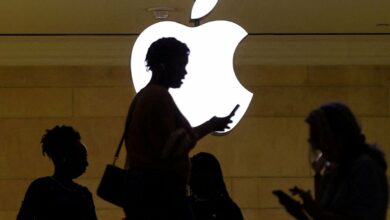I’m a Photographer – Here’s 5 Reasons Why I’m Upgrading to the iPhone 16 Pro
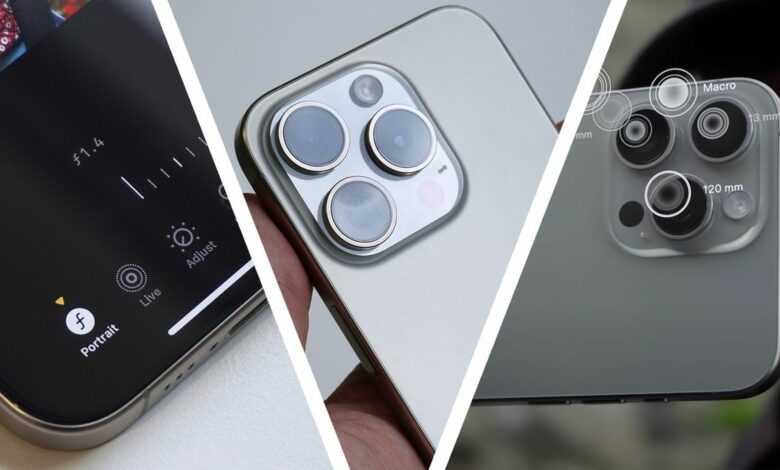
Smartphone cameras may have been sidelined over the past two years by the AI hype, but they’re still one of the biggest reasons to upgrade. And as a former TechRadar camera editor, I’m particularly excited about the iPhone 16 Pro.
Granted, some of that enthusiasm may come from the fact that my daily driver is a creaky iPhone 11 Pro, which has now achieved classic car status in smartphone terms. But lately, I’ve been feeling the pull of shooting with something a little more discreet and portable than my Fujifilm X-T5 – and rather than a Ricoh GR IIIx, it’s the iPhone 16 Pro that’s caught my eye.
We’re still in the realm of rumors surrounding Apple’s next flagship phone ahead of its September 9 launch. But having closely followed the speculation this year, it starts to seem to me like the iPhone 16 Pro could be the ideal pocket camera to complement my more beefy Fujifilm X-series body and lenses.
So why am I thinking about finally upgrading this year, rather than waiting for the iPhone 17 Pro or next year’s rumored iPhone 17 Air? Here are the top five photography reasons why I’m preparing to make the jump to the smaller Pro model, based on the latest rumors…
1. Apple’s best ultra-wide camera ever
- Rumor: iPhone 16 Pro and Pro Max expected to feature 48MP ultra-wide camera
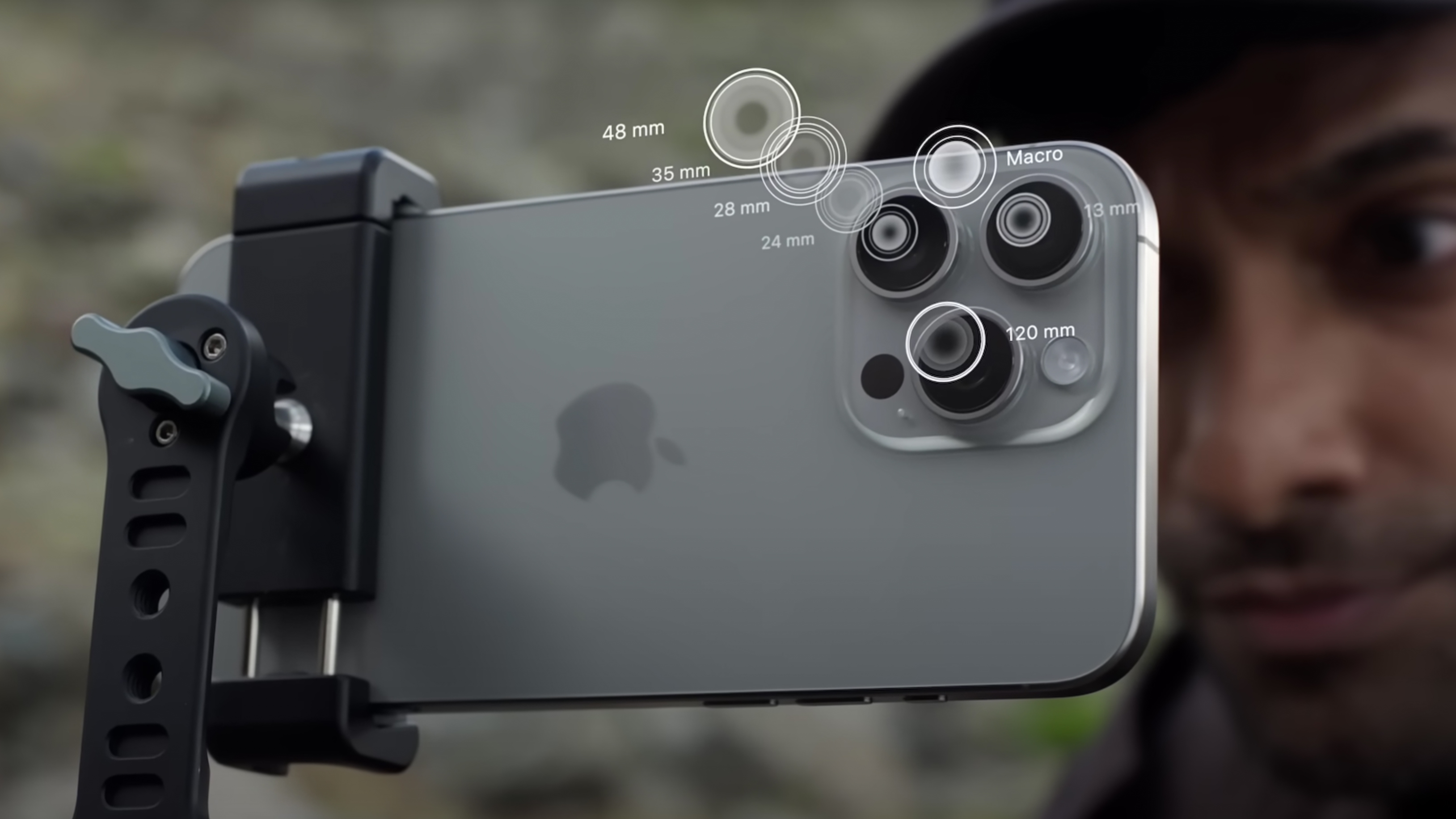
This could be the most useful iPhone 16 Pro camera upgrade for me, if the rumors are true. According to respected tech analyst Jeff Pu, Apple plans to add a new 48MP ultra-wide camera to both iPhone 16 Pro models – and it won’t be exclusive to the Pro Max.
That would be a pretty big deal. The iPhone’s ultra-wide camera has traditionally been its weakest link. My iPhone 11 Pro shipped with Apple’s first ultra-wide camera, and it’s distinctly average, thanks to its slow f/2.4 aperture and fixed-focus lens. It’s certainly improved over recent generations, but the iPhone 15 Pro still only has a 12MP sensor and an f/2.2 aperture.
The benefit of a new 48MP sensor would be that the iPhone 16 Pro’s ultra-wide camera could use the same pixel-binning technique as the main camera to improve image quality in difficult light. If it can produce 24MP files (made from a combination of a 12MP and a 48MP image) with some of the quality I’ve seen from the iPhone 15 Pro’s main camera, it would make the ultra-wide a much more useful option.
2. An adult 5x telephoto camera
- Rumor: iPhone 16 Pro to get 5x telephoto camera of the 15 Pro Max
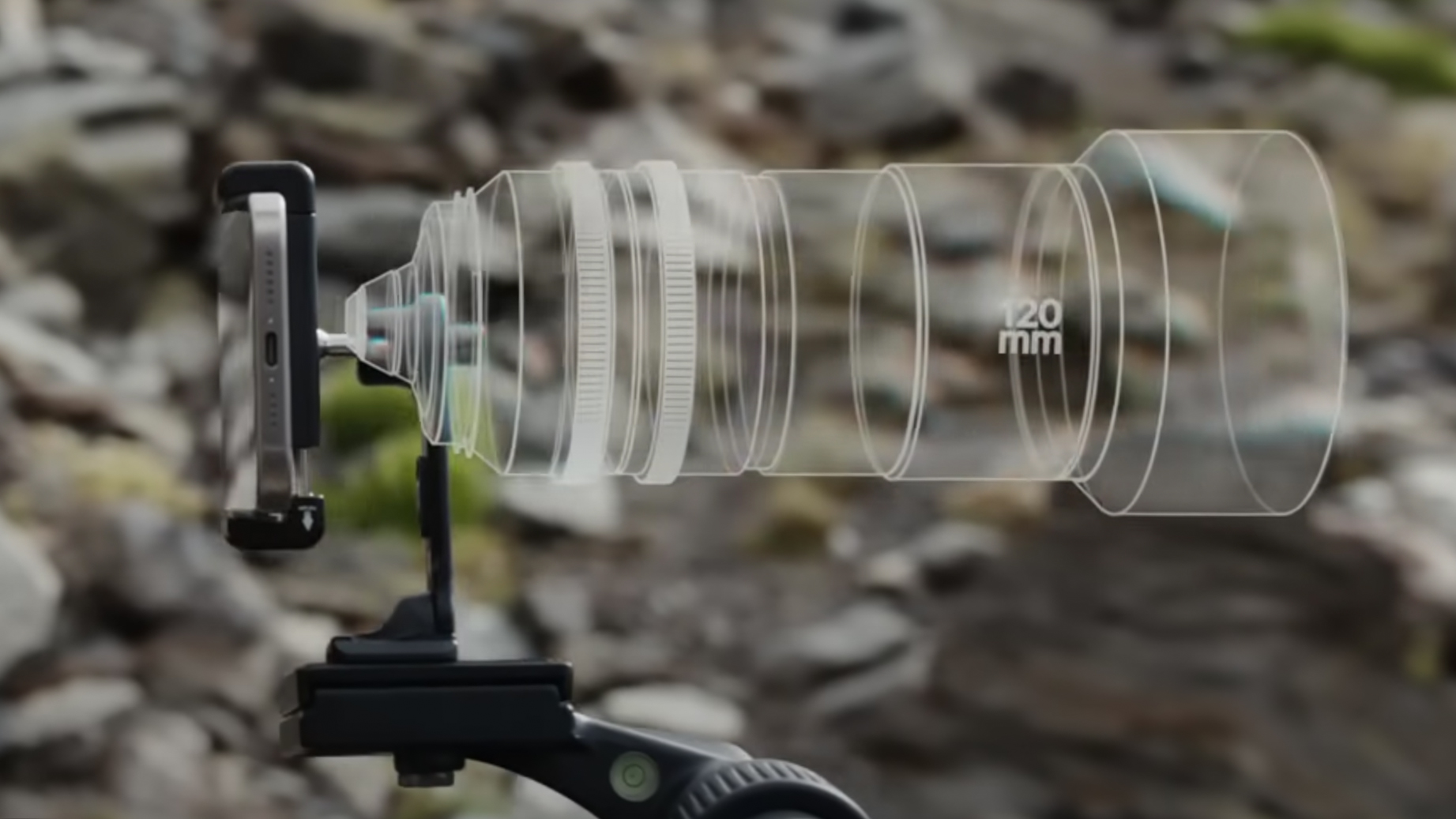
Last year, I decided to resist the temptation of the iPhone 15 Pro Max’s new 5x telephoto lens in favor of adhering to my golden Apple rule: always wait until a new feature reaches second-generation maturity.
Okay, so it was also because I didn’t necessarily want to lug around a 6.7-inch smartphone, which was my only option since Apple made its tetraprism tech exclusive to the Max model. That won’t be the case this year, according to the latest iPhone 16 Pro camera rumors – the 6.3-inch iPhone 16 Pro will most likely get the same 120mm-equivalent camera as its bigger sibling.
I don’t think a 120mm camera is necessarily better than a 72mm equivalent, which is what the iPhone 15 Pro offers. Flicking through my Lightroom catalogue, I mainly shoot in the 35mm-70mm range on my Fujifilm X-T5. But hey, I use my phone for a variety of different types of photos – and the flexibility of being able to swap from a 14mm lens to a refined 120mm telephoto, all on my phone, is very tempting.
Thanks to Apple’s impressive stabilization and image processing, the iPhone 15 Pro Max’s 5x telephoto camera managed to produce some nice, sharp results. After a year of software improvements, I expect this year to be even better.
3. The Capture Button Rumors
- Rumor: Apple to introduce a new ‘Capture’ button across the entire iPhone 16 lineup
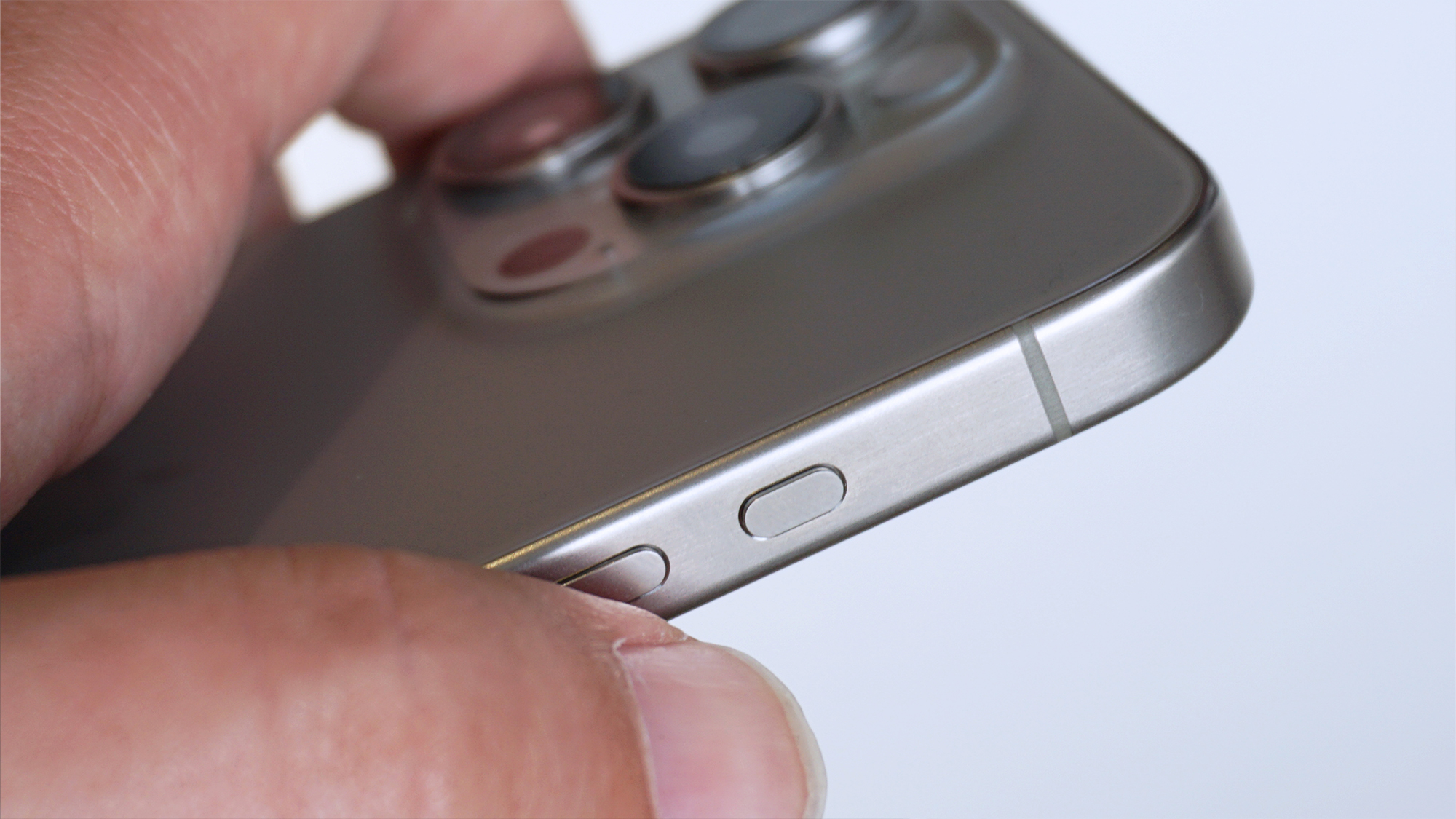
One of my biggest gripes with smartphone cameras is their ergonomics: they’re simply not as fun to shoot with as the best mirrorless cameras. While you can improve this to some extent with cases like the Shiftcam ProGrip, recent rumors suggest that Apple is also planning to introduce a more camera-like experience across the iPhone 16 lineup with a new Capture button.
There are mixed reports on whether this new button will be capacitive or mechanical, but all agree that it will be focused on taking photos and videos with a two-step action that lets you first lock the focus and exposure, then take a photo. A report from The information In January it was suggested that you could also swipe across the surface of this button to zoom in and out of your scene.
In other words, Apple could make the iPhone 16 series feel more like the best compact cameras out there, only with a lot more processing power. As we’ve seen with the Action button, which can double as your camera shutter, this could make a big difference for genres like street photography that rely on speed.
Physical shutter buttons, the return of horizontal snapping – sign me up.
4. Future-proofing AI photography
- Rumor: iPhone 16 Pro and Pro Max to get new A18 Pro chip for Apple Intelligence features and graphics-intensive apps
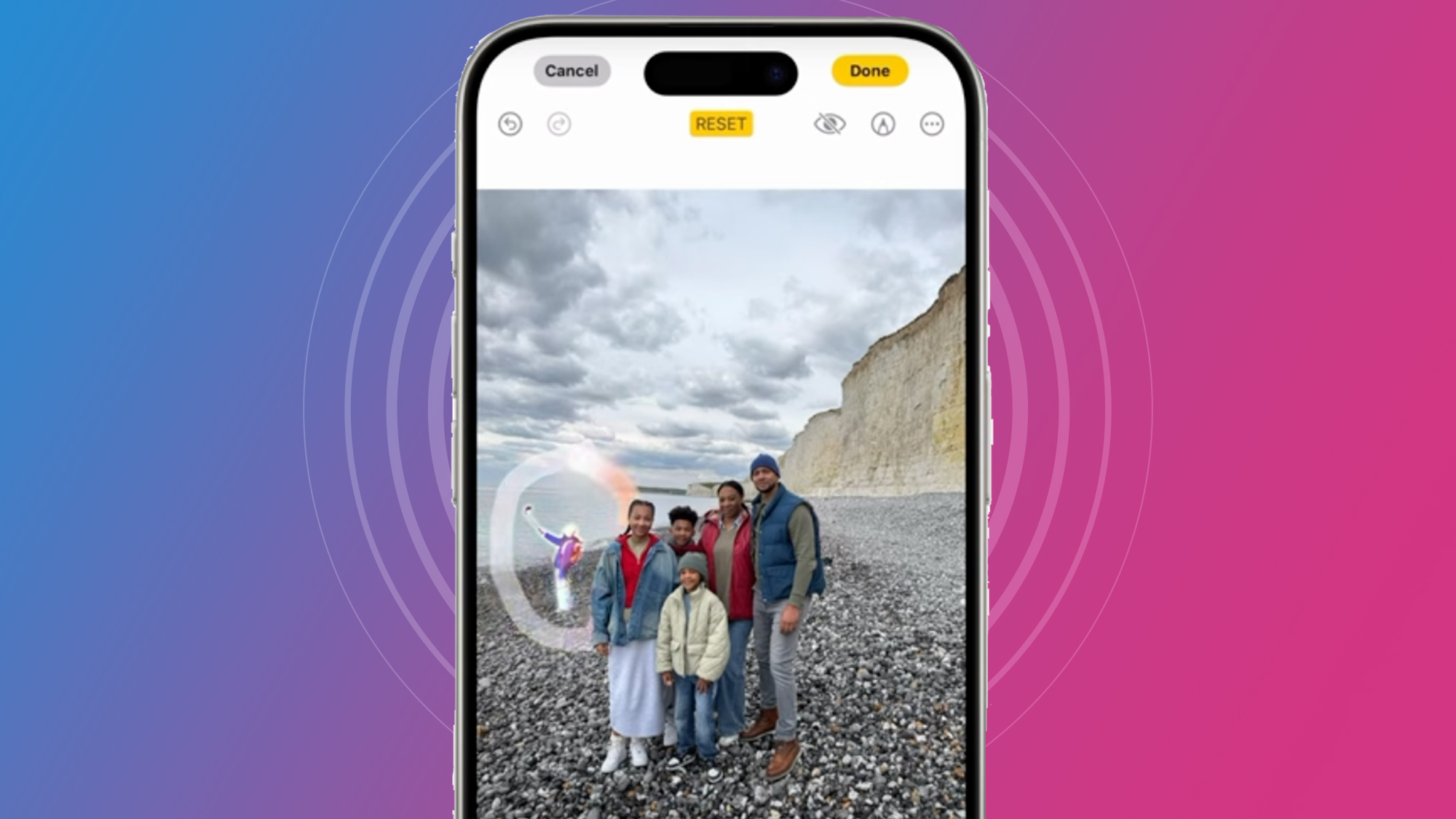
I typically edit photos using Lightroom Classic or the Lightroom app on iOS, and the latter got its equivalent of Google’s “Magic Eraser” tool back in May . But with Apple entering the AI-powered photo editing game with tools like Clean Up, I want to make sure my next iPhone is ready (at some point) for similar iOS innovations – and it looks like that will be the case with the iPhone 16 Pro.
The latest iPhone 16 spec predictions suggest that while every model in the series will get 8GB of RAM, the Pro models will get a new A18 Pro chip (up from the standard A18 chip on the iPhone 16). What exactly that will be able to do is still unclear, but the latest rumors point to it having a more powerful GPU – which would be useful for gaming and, yes, computational photography.
The reason this matters for Apple’s own Apple Intelligence tools, like Clean Up, is that it prefers to run them on-device rather than, like Adobe, via the cloud. I may still largely stick with Lightroom for editing, but when I’m offline, Apple Intelligence features can become useful photographic backups for quick edits.
With talk of next year’s iPhone 17 Pro Max getting exclusive Apple Intelligence upgrades , I’m under no illusions the 16 Pro will be able to pull off all of Apple’s best AI features going forward. But it’s certainly more future-proof than the poor iPhone 15, which is already excluded from the AI party thanks to its 6GB of storage.
That extra processing power could also help improve non-AI features, like Apple’s Cinematic Mode for video, which has slowly improved over the past few years (despite its depth map flaws).
5. New camera lens coating
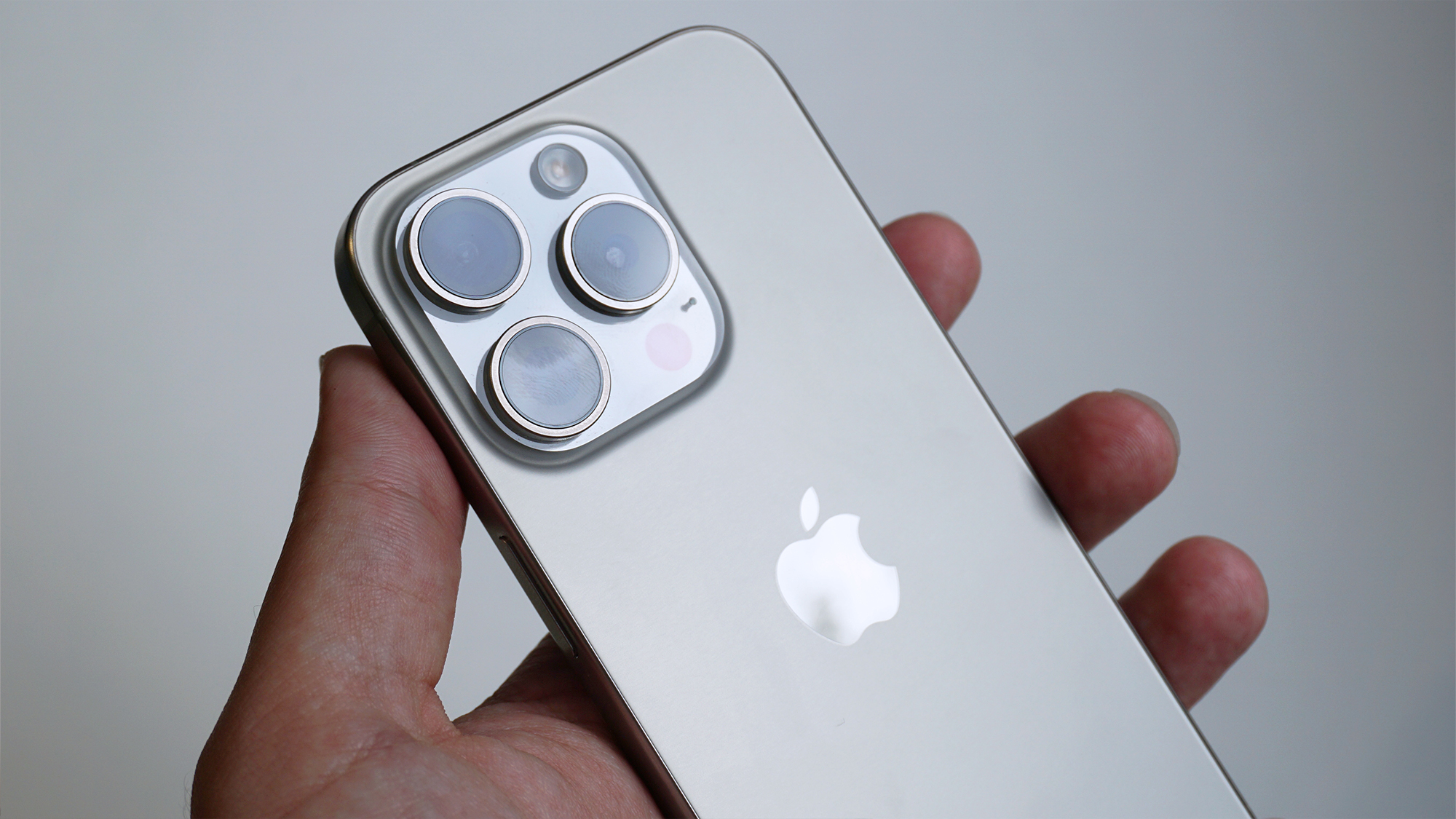
- Rumor: iPhone 16 Pro series to get new lens coating to reduce artifacts
It’s an undeniable truth that lenses can make a bigger difference to your photography than new camera bodies, which is why I’m happy to hear that Apple could address a long-standing lens issue on the iPhone 16 Pro series.
According to a close Apple tipster, the iPhone 16 Pro models will feature a new camera lens coating (using a technique called atomic layer deposition, or ALD) to reduce artifacts like flare and halos that are common in iPhone photos.
I don’t pretend to understand the details of that particular manufacturing process, but if true, it would be a significant quality upgrade over the iPhone 16 Pro’s cameras. In theory, it should also help reduce ghosting in fast-moving subjects.
Final thoughts
If the iPhone 16 Pro gets most of these rumored features, I’ll almost certainly upgrade and pre-order the iPhone 16 on September 13 (when the rumors start).
Even if the main camera remains the same with a 48MP Quad Bayer sensor and f/1.8 aperture, a new 48MP ultra-wide and 5x telephoto would be huge hardware upgrades – and I rather like the Capture button too. Combine that with the power and future-proofing of the rumoured A18 Pro chip, and the iPhone 16 Pro is shaping up to be a decent pocket camera.
Apple may be lagging behind Google when it comes to AI-powered features like Add Me and Reimagine, but as a traditional photographer of sorts, that doesn’t bother me too much. iOS has always had the best camera apps, so most gaps can be filled in with third-party software – and there’s also the prospect of experimenting with spatial photography and video, which I’d argue is more exciting than AI-generated photography.


